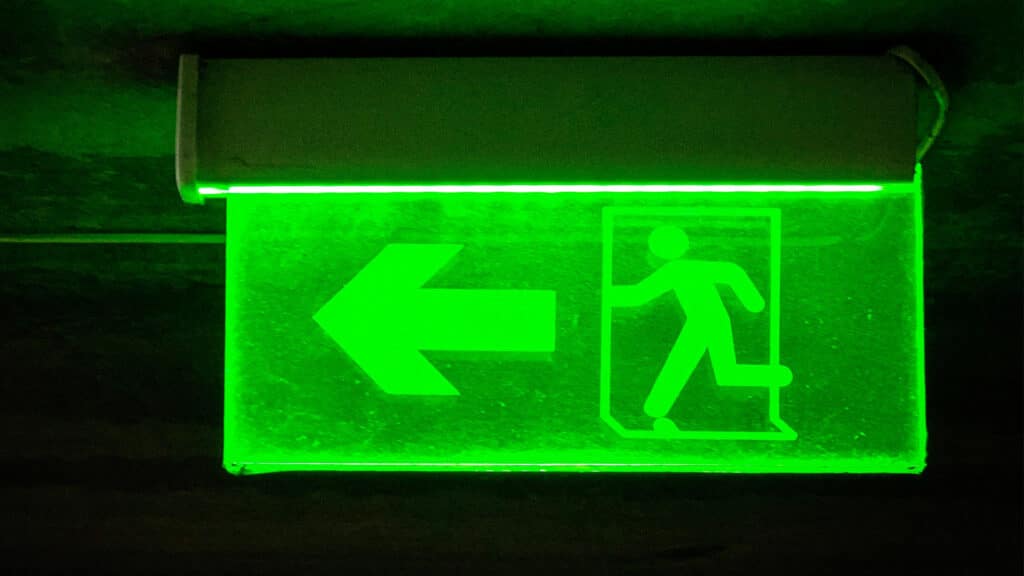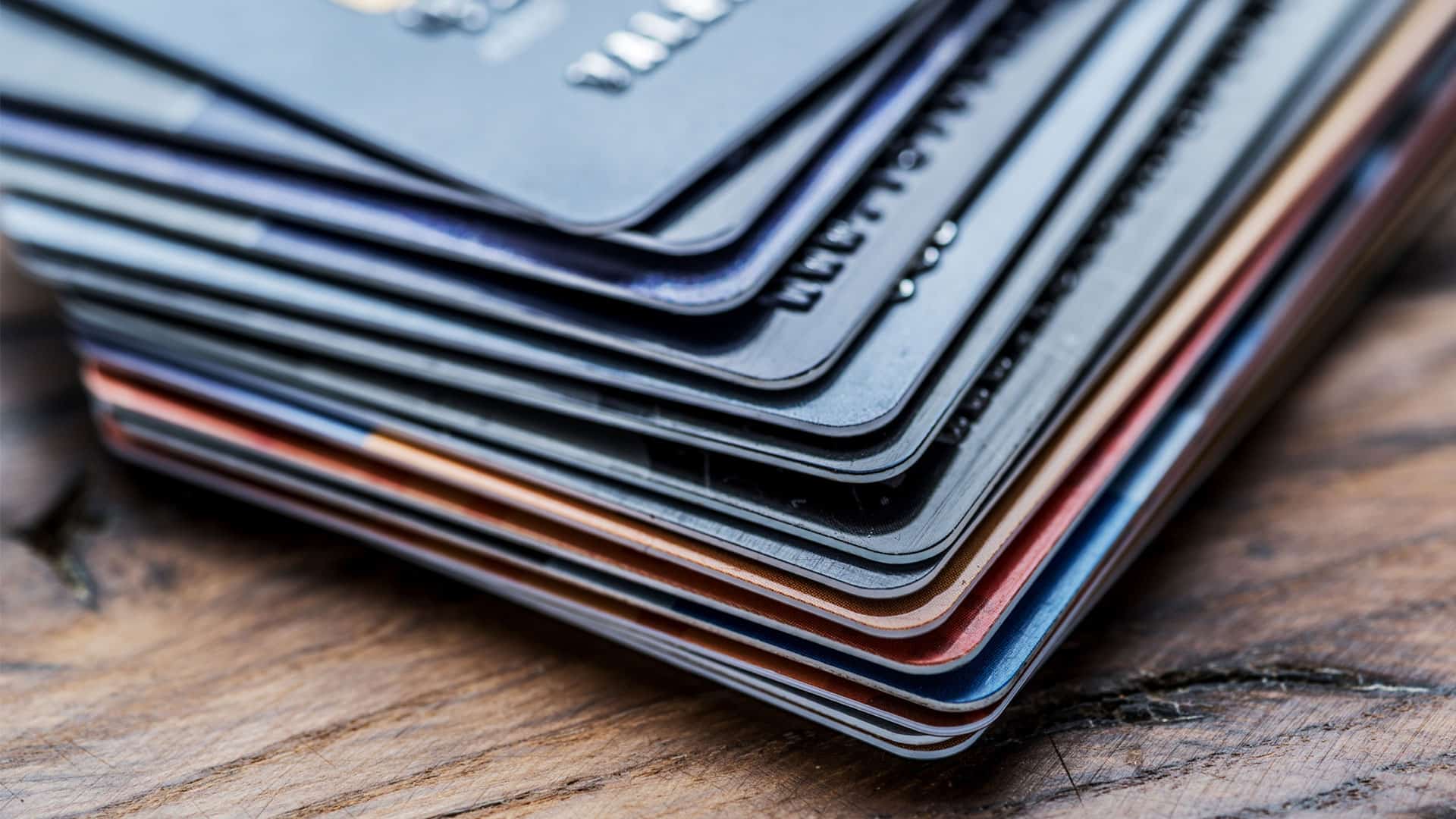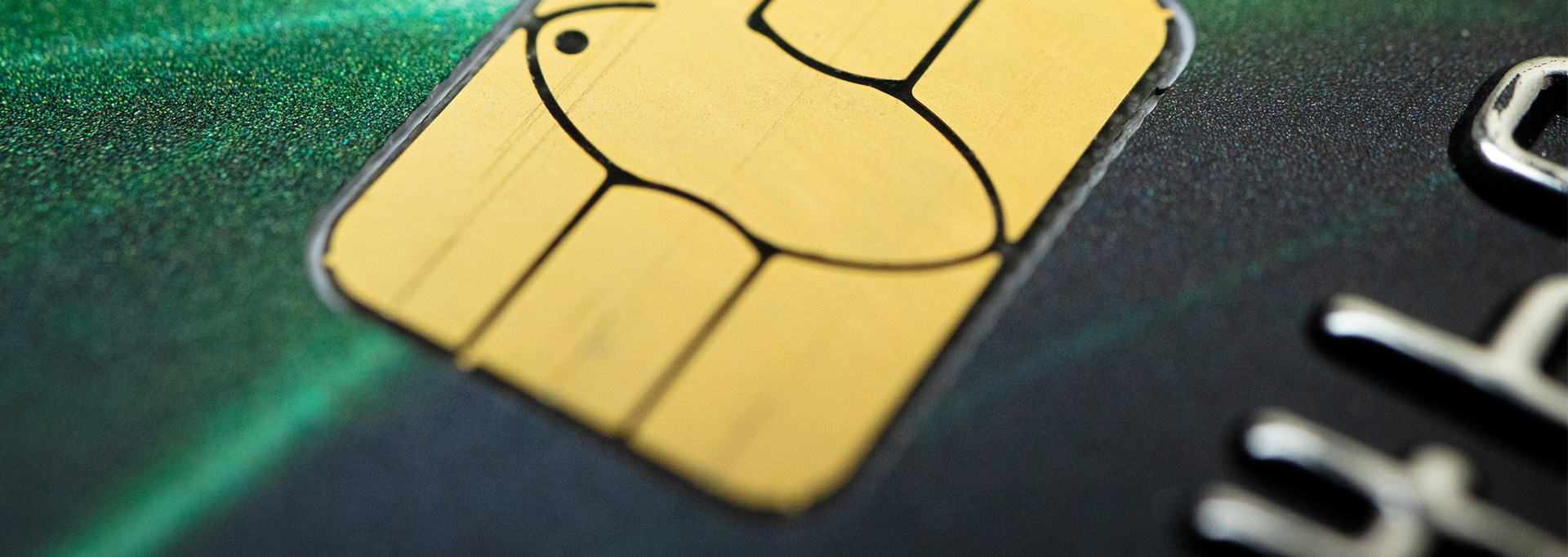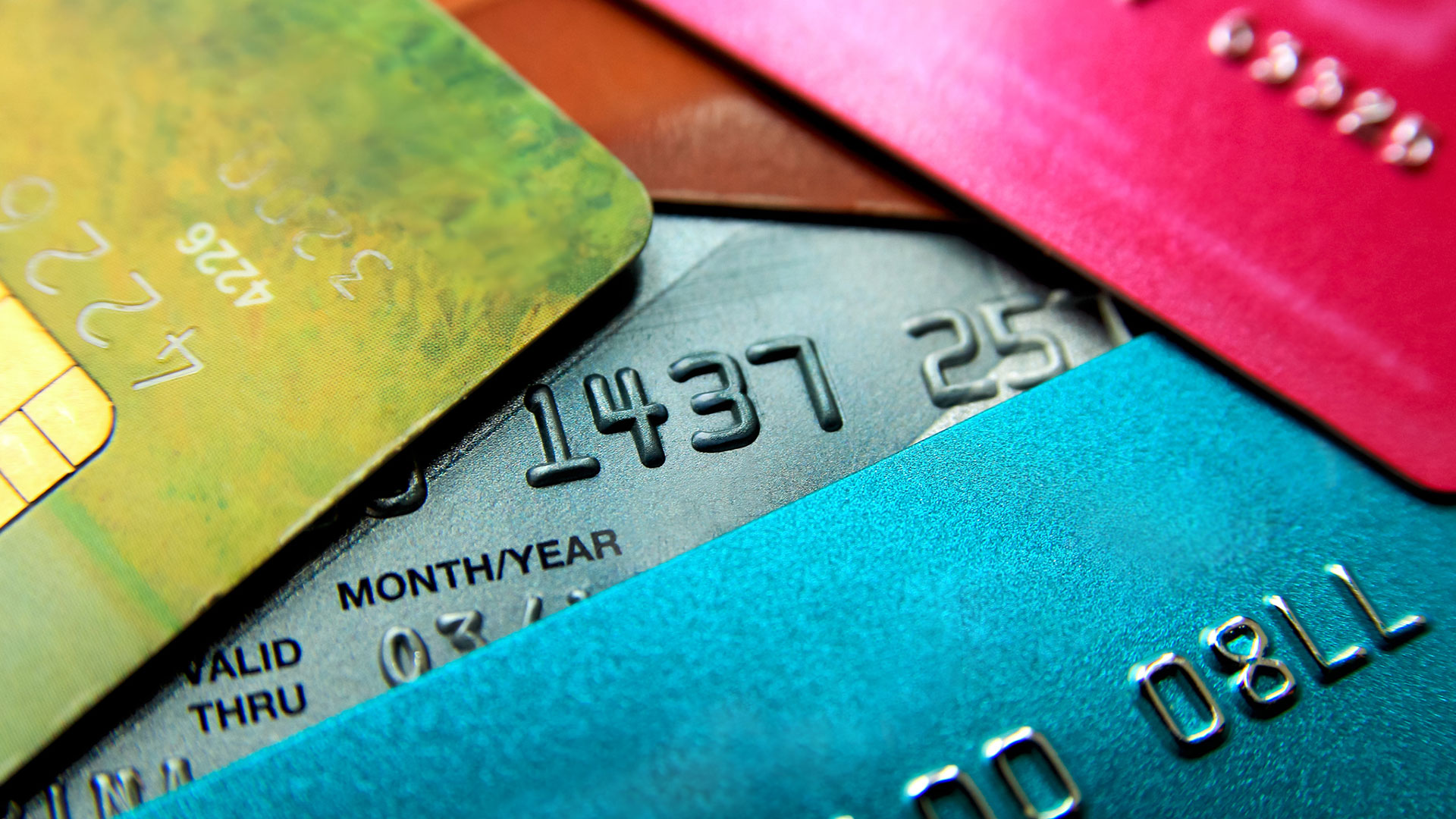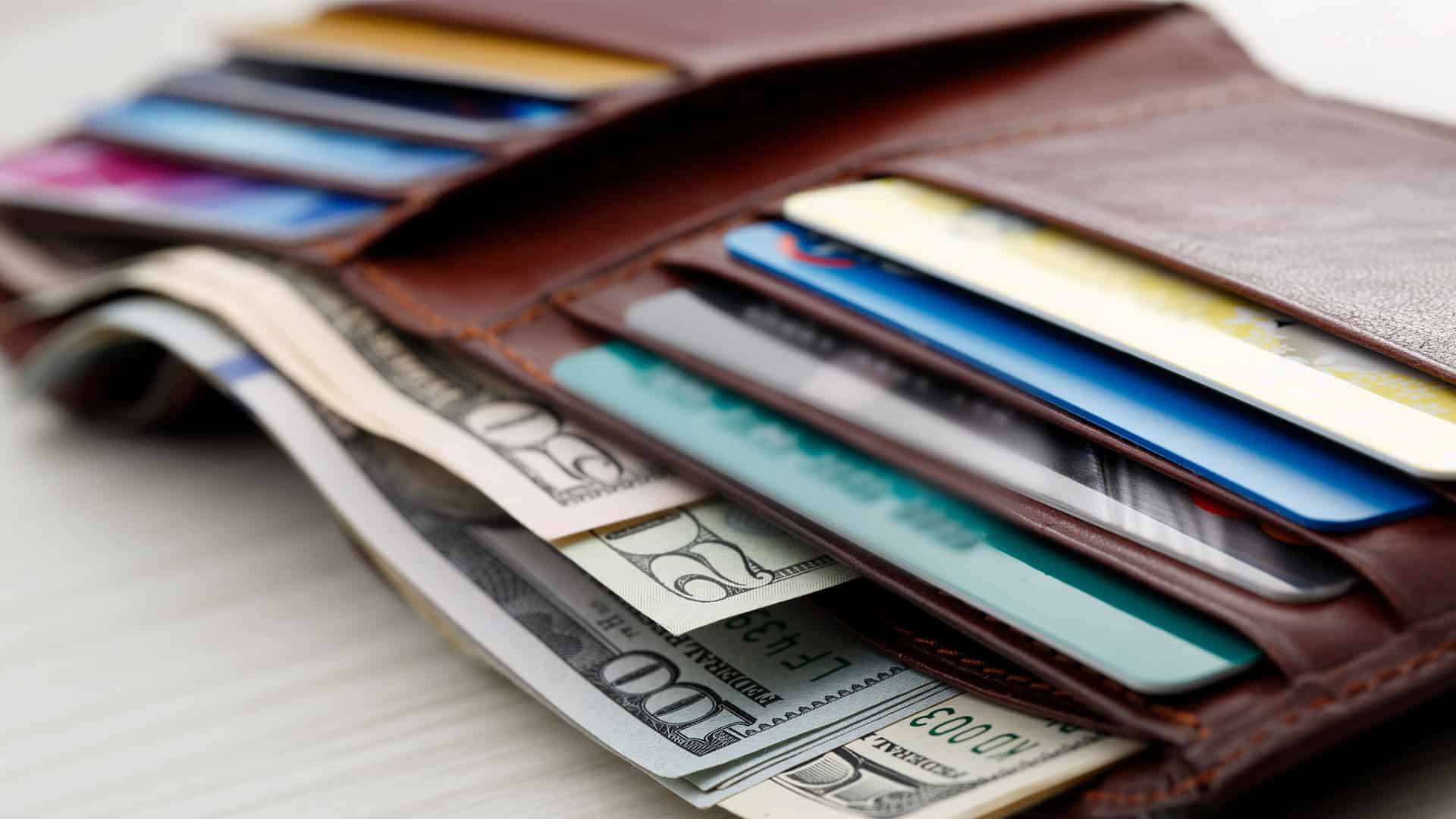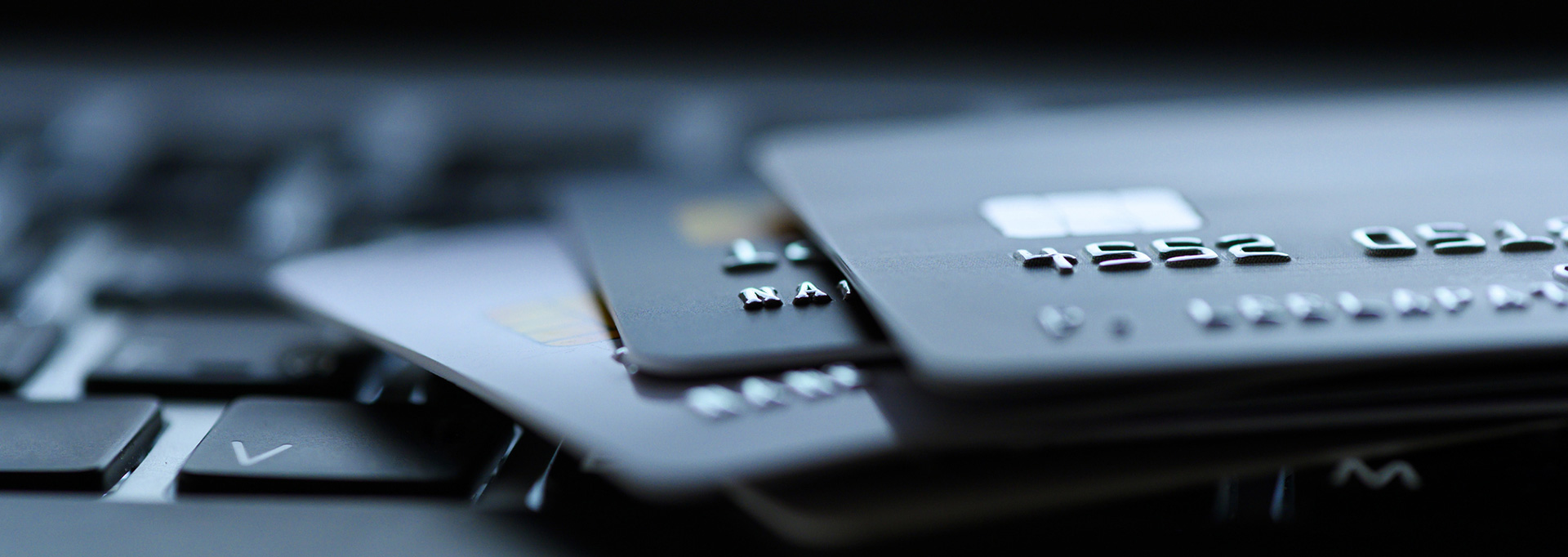Most products on this page are from partners who may compensate us. This may influence which products we write about and where and how they appear on the page. However, opinions expressed here are the author's alone, not those of any bank, credit card issuer, airline or hotel chain.
When I tell people that I've opened over 40 credit cards over the past few years, the number one question that I get is "How does opening credit cards affect your credit score?" People see the benefits you can enjoy from the best rewards credit cards and are interested. But they're also concerned about how opening credit cards might impact their credit score. After all, your credit score is one of your most important assets.

How I Make Multiple Credit Cards With Big Annual Fees Work for Me
Different Types of Credit Scores
There are two main models for credit scores, and which one gets used depends on factors, including where you live and who is requesting your credit.
The FICO score is the oldest model, having been introduced in 1989 by the FICO company (then called Fair, Isaac and Company). Another credit score model is called VantageScore, which was introduced in 2006 by the three major credit bureaus (Experian, Equifax and TransUnion).
There are a couple of other minor credit score models, but FICO and VantageScore are the two main ones. If you're not sure what your credit score is, remember that there are several ways that you can monitor your credit score for free.
Additionally, services like Credit Karma and Equifax both provide free apps that make credit report monitoring as simple as looking at your smartphone.
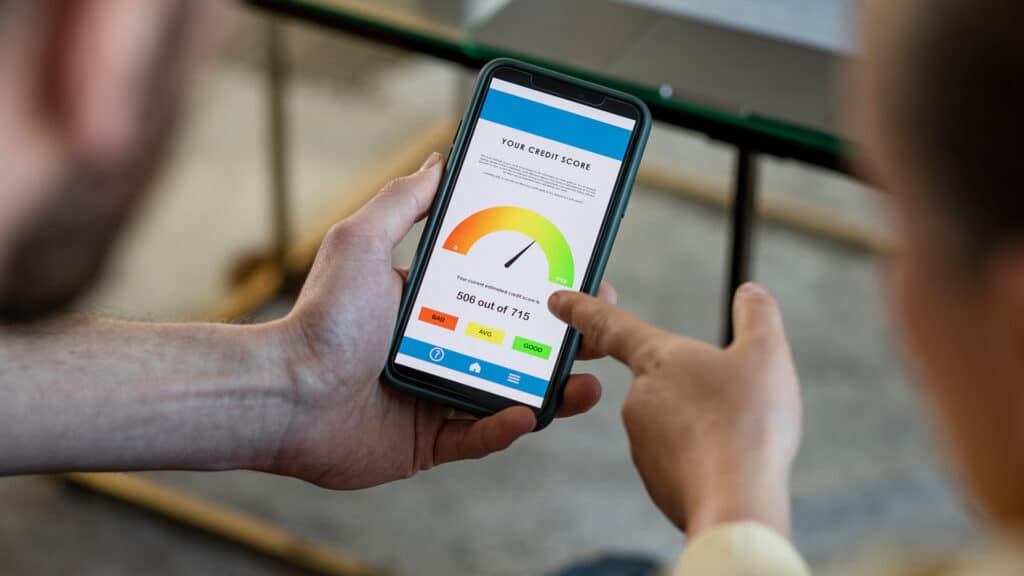
How to Improve Your Credit Score Fast for Free
What Makes a Credit Score?
Both FICO and VantageScore use the same underlying data range from 300-850 and generally track your credit score within a few points of each other. The difference is that each credit score model has different ways of interpreting data.
FICO scores are calculated as follows:
- Payment History (35%)
- Amounts Owed (30%)
- Length of Credit History (15%)
- New Credit (10%)
- Credit Mix (10%)
VantageScore does not publish the exact breakdown of how it calculates credit scores. Instead, they list different scoring factors on a range of "somewhat influential" to "extremely influential". The most influential factor in VantageScore is your total credit usage, current balance and available credit.
Given that both FICO and VantageScore usually have scores within a few points of each other, it is a decent assumption that these models are similar. Understanding what is going on under the hood is a good way to keep your credit score high even if you're opening lots of credit cards.
 Related Article
Related Article
How to Dispute Errors on Your Credit Report
How Opening Credit Cards Actually Helps Your Credit Score
Understanding the way that credit scores are calculated can help you understand the effect that opening new credit cards can have on your score. The biggest factor is your payment history, which is making payments on time. Having both the financial ability and financial discipline to make your payments on time, in full, every month is a prerequisite to entering the world of credit card rewards.
The second biggest factor in your FICO credit score is "amounts owed", sometimes also referred to as your utilization percent. This is calculated as the amount that you owe on your credit card divided by your total available credit or credit limit. Amounts owed is calculated throughout the month, not only after your statement closes. So even if you pay your credit card off in full, you still will be showing it as utilized throughout the month. A lower amount of utilization is a positive factor in your credit score. Let's look at an example:
- If you have one credit card with a $10,000 limit and spend an average of $2,000 per month on that card, then you have roughly a 20% utilization ($2,000 / $10,000)
- If you have 40 credit cards, all with $10,000 limits, and still only spend an average of $2,000 each month, your utilization is 0.05% ($2,000 / $400,000)
So from that perspective, having many credit cards can actually help your credit score.
How Opening Credit Cards Can Hurt Your Credit Score
On the other hand, there is one way that opening new credit cards can have a negative impact on your credit score. Every time you open a credit card, the lender will access your credit score. This is referred to as a "hard pull" and it does have a negative impact on your credit score (often listed as "new credit").
Each hard pull can lower your credit score by 3-5 points. A hard pull usually disappears from your credit report after a few months. As long as you are still following good financial practices, a hard pull should not have a major impact on your ability to access credit at the best rates.
The Bottom Line
I have been opening between 5-10 credit cards a year for the past eight years. The last time I checked my FICO credit score, it was 819. My wife is also a prolific opener of credit cards, and her credit score is 792. These are just two data points, and we do have a good income, pay our bills on-time, and have other factors that contribute to a high credit score. But this should go to show you that it is possible, if not likely, to have multiple credit cards and still have a very good credit score.
Pay No Interest for a Limited TimeHere Are the Best Balance Transfer Cards
Visit the Marketplace



